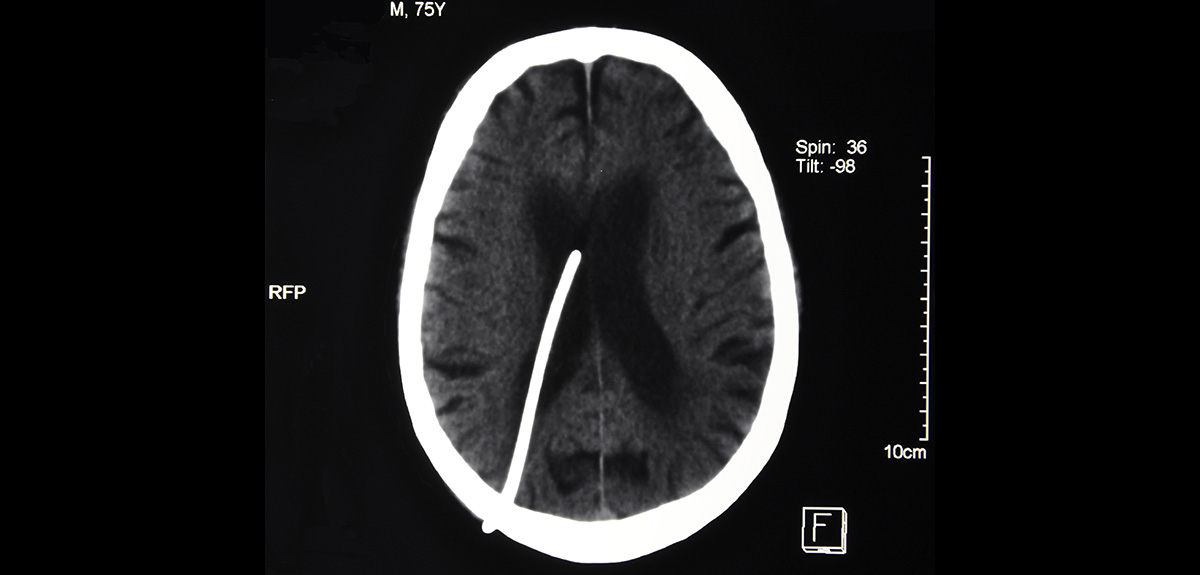
Shunt Placement for Hydrocephalus
According to the National Institute of Neurological Disorders and Stroke (NINDS), anywhere from one to two babies out of every 1,000 are born with hydrocephalus. Hydrocephalus is a condition that occurs when cerebrospinal fluid (CSF) fluid doesn’t properly drain from the brain. CSF is the watery, clear fluid that cushions and surrounds the brain and spinal cord.
When the cerebrospinal fluid fails to drain, it places the brain under excessive pressure and causes swelling, which damages the brain tissue. Shunt placement is a procedure that can drain the fluid through the insertion of a silicone tube.
If left untreated, hydrocephalus can be fatal. While treatment may not reverse the brain damage that has already happened, the goal of treatment is to prevent the brain damage from progressing further.
Surgical Procedure
A shunt, which is a drainage system comprised of a valve and a long tube, is surgically inserted. The valve helps facilitate the flow of cerebrospinal fluid in the right direction at a normal rate. Excess fluid from the brain drains out on the other end of the tube into the abdominal cavity or chest.










